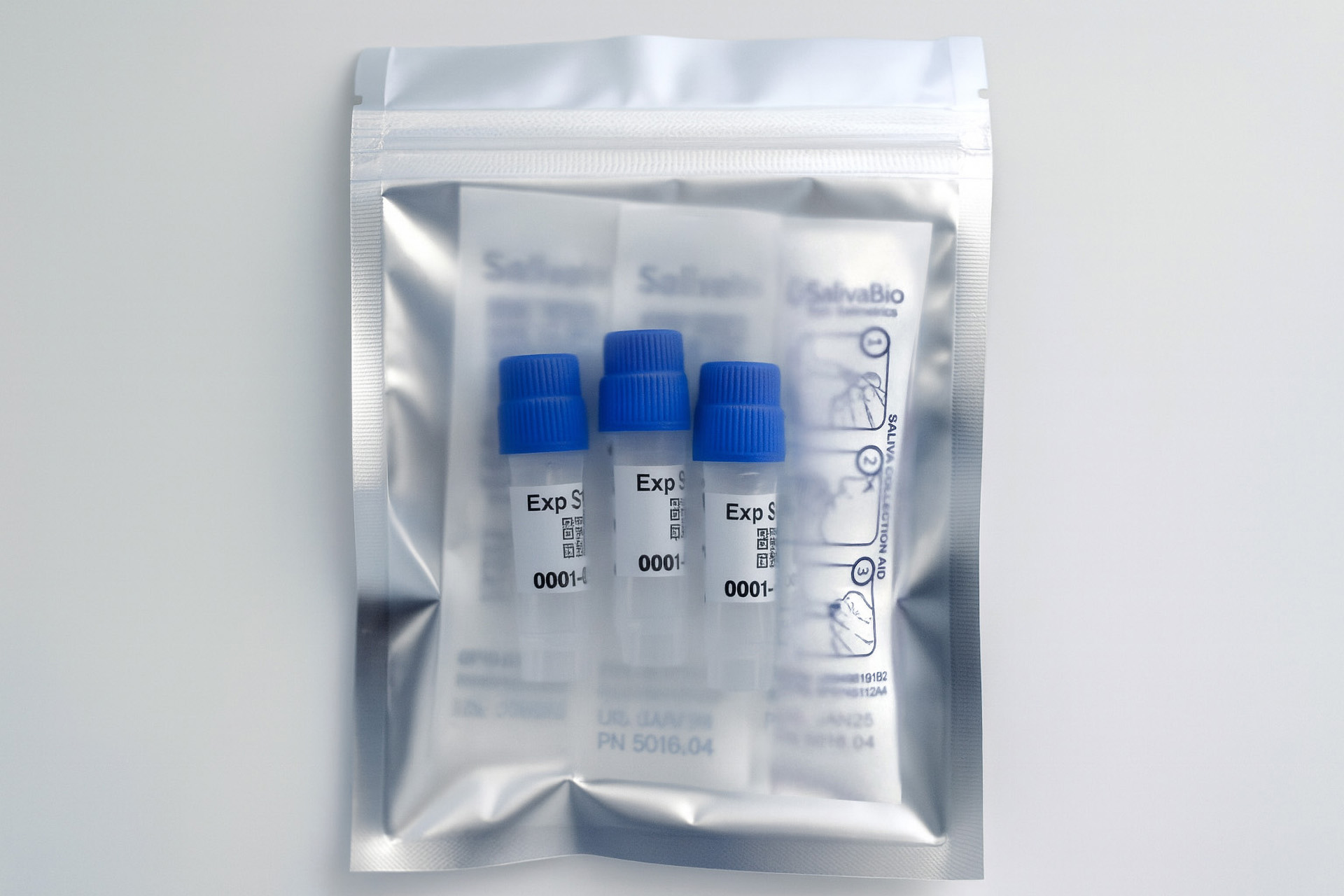Need Help?
Ask an expert
1. How to collect Salivary Interleukin-2
APPROVED SALIVARY CYTOKINE COLLECTION METHODS
Salivary Cytokine Collection Protocol
Collection volume, general considerations, and basic guidelines to maximize salivary IL-2 sample integrity. Use this analyte-specific collection protocol to plan you collection methodology and sampling schemes.

2. How to Assay for Salivary Interleukin-2
Send Saliva Samples to Salimetrics
Add to StudyEasy and accurate results from the most trusted Salivary Bioscience Laboratory.
Order Code5209
3. Technical Summary
| Analyte Summary | |
|---|---|
| Analyte: | Interleukin-2 |
| Aliases: | IL-2 |
| Serum-Saliva Correlation: | NA |
| Optimum Collection Volume: | 100 μL |
| Assay Summary | |
|---|---|
| Methodology: | ECL |
| Sensitivity: | 0.09 pg/mL |
| Assay Range: | 0.09 – 6040 pg/mL |
| Assay Type: | Quantitative |
Background
IL-2 Human interleukin-2 (IL-2) has several roles in the immune system, immune tolerance and immunity against pathogens, primarily by its direct effects on T lymphocytes. In general, depending on the context, IL-2 can function to initiate or dampen immune responses. IL-2 promotes the differentiation of immature T lymphocytes into regulatory T cells, which help protect against autoimmunity. In the presence of stimulated antigen, IL-2 drives T cell differentiation into effector T cells and later into memory T cells that function to fight off infections. Also, IL-2 promotes T cell differentiation into Th1 and Th2 lymphocytes while inhibiting Th17 differentiation. Elevated IL-2 levels have been reported in the saliva of patients with burning mouth syndrome and associated with severity of the illness (1).
References & Salivary IL-2 Research
- Simcic D, Pezelj-Ribaric S, Grzic R, Horvat J, Brumini G, Muhvic-Urek M. Detection of salivary interleukin 2 and interleukin 6 in patients with burning mouth syndrome. Mediators Inflamm. 2006;2006(1):54632.
- Rajendran P, Chen YF, Chen YF, Chung LC, Tamilselvi S, Shen CY, et al. The multifaceted link between inflammation and human diseases. Journal of cellular physiology. 2018;233(9):6458-71.
- Val M, Sidoti Pinto GA, Manini L, Gandolfo S, Pentenero M. Variations of salivary concentration of cytokines and chemokines in presence of oral squamous cell carcinoma. A case-crossover longitudinal prospective study. Cytokine. 2019;120:62-5.
- Wang X, Kaczor-Urbanowicz KE, Wong DT. Salivary biomarkers in cancer detection. Med Oncol. 2017;34(1):7.
- Huck O, Buduneli N, Bravo D. Inflammatory Mediators in Periodontal Pathogenesis. Mediators Inflamm. 2019;2019:2610184.
- Silva N, Abusleme L, Bravo D, Dutzan N, Garcia-Sesnich J, Vernal R, et al. Host response mechanisms in periodontal diseases. J Appl Oral Sci. 2015;23(3):329-55.
- Gaba FI, Sheth CC, Veses V. Salivary biomarkers and their efficacies as diagnostic tools for Oral Squamous Cell Carcinoma: Systematic review and meta-analysis. J Oral Pathol Med. 2018.
- Slavish DC, Graham-Engeland JE, Smyth JM, Engeland CG. Salivary markers of inflammation in response to acute stress. Brain, behavior, and immunity. 2015;44:253-69.
- Sheth CC, Lopez-Pedrajas RM, Jovani-Sancho MDM, Gonzalez-Martinez R, Veses V. Modulation of salivary cytokines in response to alcohol, tobacco and caffeine consumption: a pilot study. Sci Rep. 2018;8(1):16687.
 Contact: Salimetrics (USA)
Contact: Salimetrics (USA)



